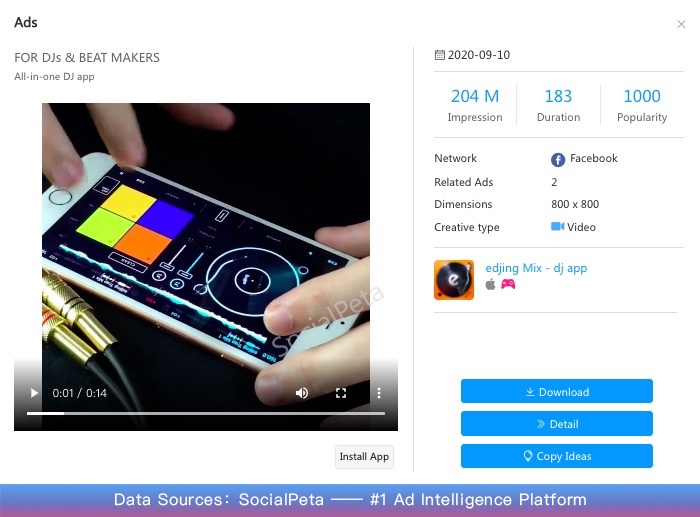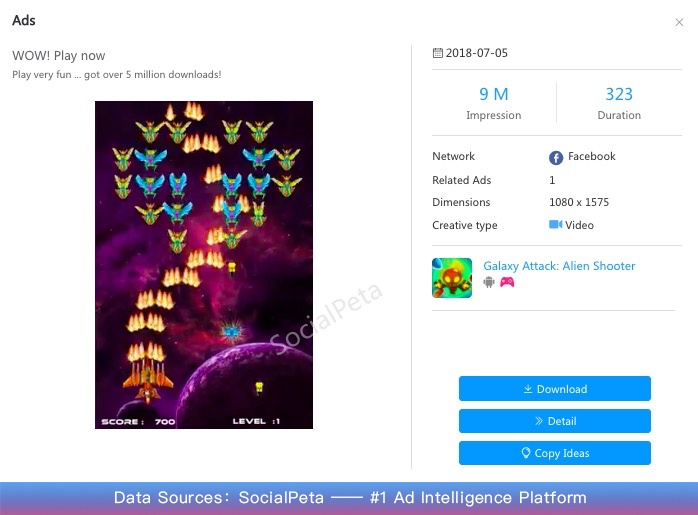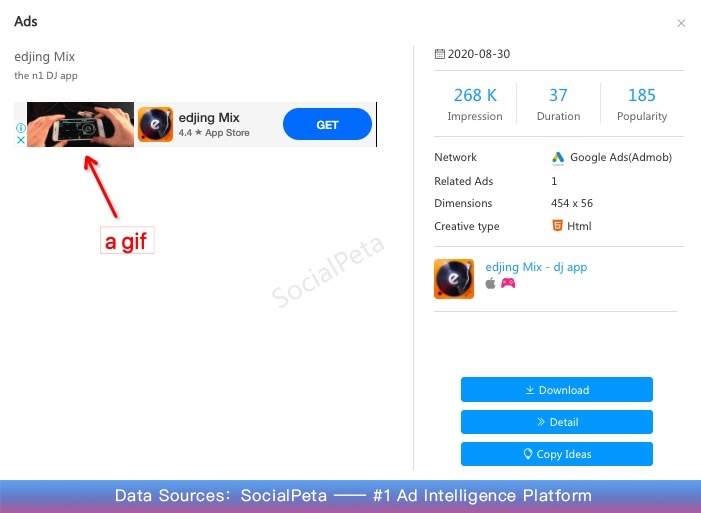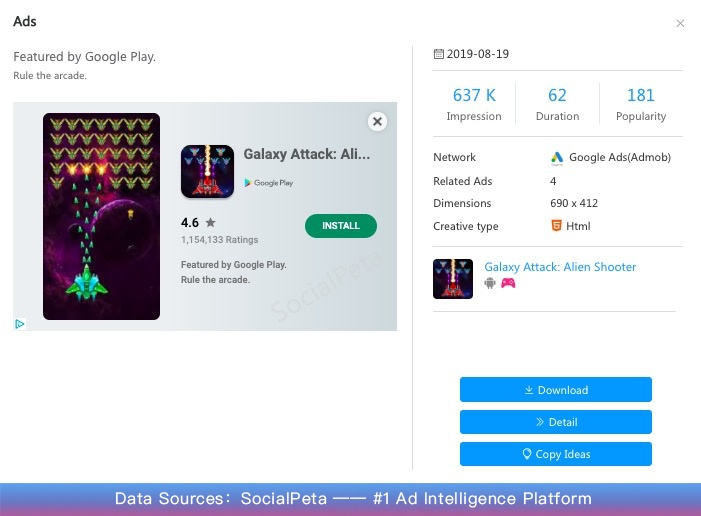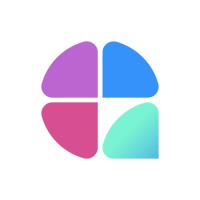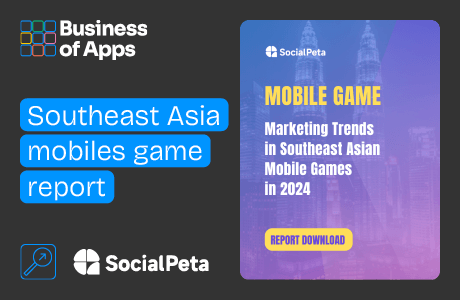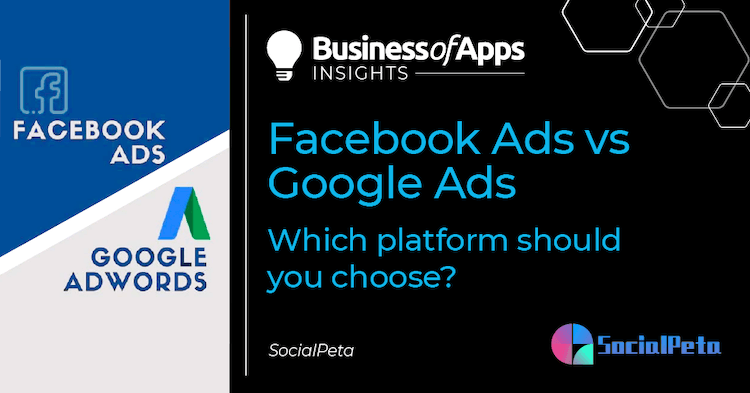
As a new age advertiser, Facebook Ads vs Google Ads is a topic you might be quite familiar with as both companies have been positioned to be on an age-long feud. However, this article won’t be an extension of a perceived feud as we’ll be discussing something more crucial.
Most new advertisers can’t seem to decide whether to advertise using Facebook Ads or Google Ads. Well, in this article, you’ll learn how to circumvent the decision-making process and select the platform that’s in tandem with your campaign goals. This will be done using some crucial factors such as audience size, targeting options, and ad form.
Facebook Ads vs Google Ads, what’s the difference?
Facebook Ads
Facebook Ads are a prominent example of what advertisers refer to as Paid Social. Being the largest social platform in the world, Facebook has the highest number of monthly active users. In Facebook advertising, you can find users and businesses using their interests and behaviors.
Google Ads
Google AdWords, otherwise known as Paid Search, happens to be the most popular and largest PPC platform globally. Here, advertisers use text-based advertisements and target people using keywords, hoping that the same keywords will be used in search queries by Google users. Advertisers pay a certain fee for these keywords and are charged anyone anytime clicks on their ad, hence the name PPC (Pay per click). In summary, advertisers are using keywords to rank and get their business listed on search engine result pages.
Comparing Both Platforms
Audience Size
Facebook, boasts of over 1.55 billion monthly active users, which is one-fifth of the entire global population, and this excludes infrequent users. Facebook is unrivaled when it comes to the enormity of its audience. The uniqueness of the audience feature of Facebook lies in its granularity.
One of the winning features of Google is the size of its audience. You may find it shocking to know that Google handles 40,000 search queries per second. This totals to around 1.2 trillion searches per year. With Google, advertisers have access to an unprecedented number of audiences actively seeking to purchase goods and services.
Targeting Options
Fire Up Your Growth!
Moburst propelled leading brands like Google, Reddit, and Uber to the next level. Let’s ignite your Success journey today!
Claim Your FREE Growth Fuel!Both platforms allow you to target and retarget audiences using specific factors like age, occupation, gender, location, income levels, and the likes.
The Google ad platform is split into two types of ads: the Search Network and the Display Network. The Search Network encapsulates the entirety of Google as a search engine. And it allows advertisers to target customers by bidding on several keywords and phrases.
However, in this regard, Facebook is a hands-down winner as it allows advertisers to target users ultra-specifically using a large list of behaviors and interests. This is made possible by the list of info they garner from their 2.6 billion users.
And when we say “ultra-specific,” we mean that you can narrow your target using some super-specific filters. Let’s say you want to target dog lovers who are elderly or men in their mid-50s who play golf; Facebook can provide you with an audience list of users with these traits.
Ad Forms
Now, this entirely depends on the objective of your campaign. If you’re looking to engage your prospects or building brand awareness, Facebook is a better option as it allows you to use several visual creatives to engage your customers.
Google ads should be used when you’re looking to drive immediate conversions or sales as users who search on Google are actively seeking a product or a service.
On Facebook, you can add several visual and audio creatives to your message to make it more appealing. We at SocialPeta provide a very efficient and easy to use tool you can leverage to determine the effectiveness of an ad intelligence. What does SocialPeta do?
SocialPeta has a database of powerful search features with 73 ad networks. Here, you’ll discover the top creatives that top advertisers have used to grow their business. Plus, you’ll be having a sneak peek into your competitors’ ad strategies.
The catchy thing here is that SocialPeta can be used for both Google ads and Facebook ads.
Using game ads to analyze the performances of both Facebook ads and Google ads
At this juncture, we’ll be analyzing the performances of some game ads on both Facebook and Google.
Facebook Ads Display
Now, in the Video Poker and edjing app Facebook ad images, you’ll realize that there is a video creative that directs shows users how to play the game. There is also background music that gives users a particular feel making it more attractive. The visual creative comes with HD graphics, which is quite alluring.
Source: Facebook ad
Source: Galaxy Attack Facebook ad
This ad will work well for all kinds of traffic – hot, warm, and cold. When absent-minded players (cold traffic) come across the ad, they are likely to stop and pause because of the attractive creative. There is a very good chance that they’ll stay to see how the game works and will probably save it for a later time. In this regard, they’ve been duly engaged.
Out of these absentminded players, 10 – 20% might proceed to download it as they’ve been lured in with the ad creative.
Now, let’s assume it gets seen by a warm traffic audience who are seeking more info; the attractive creative would work as a powerful nudge that’ll immediately move them to take action (download). In this regard, a hot traffic audience will be attracted immediately and proceed to download with little or no hesitation.
In total, you can see that the edjing game ad garnered 240 million impressions, while the Galaxy Attack ad garnered 9 million impressions.
Google Ads Display
Edjing Mix – DJ app, which was advertised on Google ads and Facebook ads, Galaxy Attack: Alien Shooter, which was also advertised on Facebook and Google and the Video Poker game that was advertised on Facebook
Source: edjing game Google ads
Source: Galaxy Attack Google ads
From the images above, we can see that the edjing Mix-DJ app and Galaxy Attack was advertised on a Google ads form that contained a gif, HTML creative, Google Play info, store rating and a big download button. Let’s say this is seen by a player; he/she might be enthusiastic enough to download it, given that he/she might have been searching for a music app. What does this imply?
This implies that Google ads perform when advertisers are seeking immediate conversions, such as sales and downloads. It is more direct and straight to the point.
Ads like these work well for hot traffic but may not do well for warm or cold traffic. Warm or cold traffic is used to describe people that are not fully ready to take action or don’t even know your business exists. An ad like that won’t perform well with warm or cold traffic as they’ll need to be engaged or properly groomed about your business.
Before you adopt this ad type, make sure that your campaign goal is tailored towards immediate conversion.
In total, the ad for edjing Mix garnered about 268k impressions, while the ad for Galaxy Attack garnered 637k impressions.
Which platform should you go for?
As we stated earlier, this is quite dependent on your campaign objective. Paid Search works well if you’re looking for immediate conversion, while Paid Social works well if you’re looking to build brand awareness and better engage your audience for long-term conversion.
Plus, a lot depends on your ad creative. One tool that can set your ad campaigns on the right part in this regard is SocialPeta, as it has a database of tested ad creatives that have performed superbly in the past few days.
In summary, while this article is titled as Facebook ads vs. Google ads, let’s understand that both platforms should be viewed from a complementing perspective rather than a competitive as they both have superb functions.




